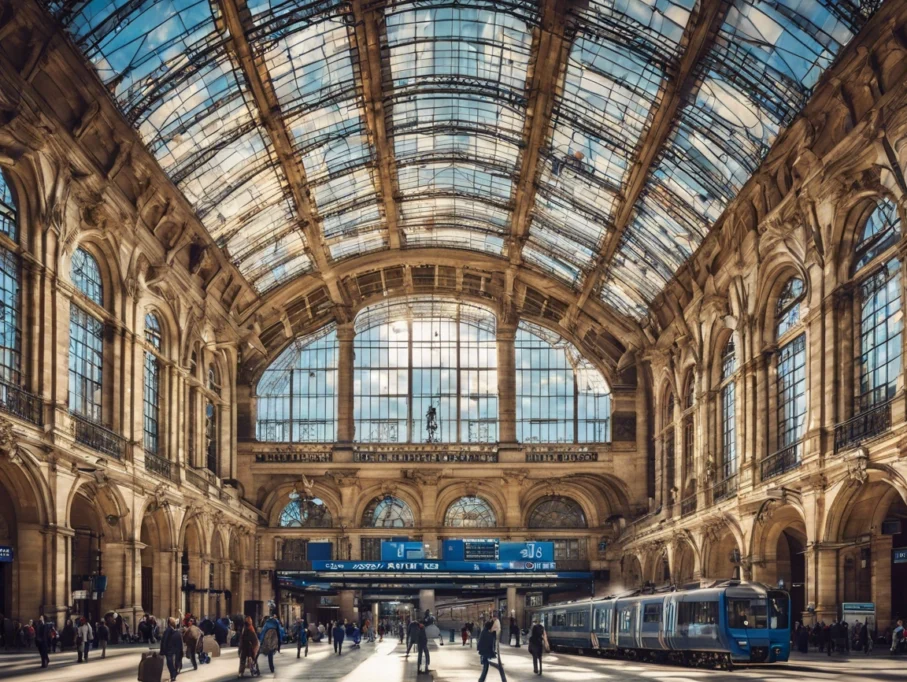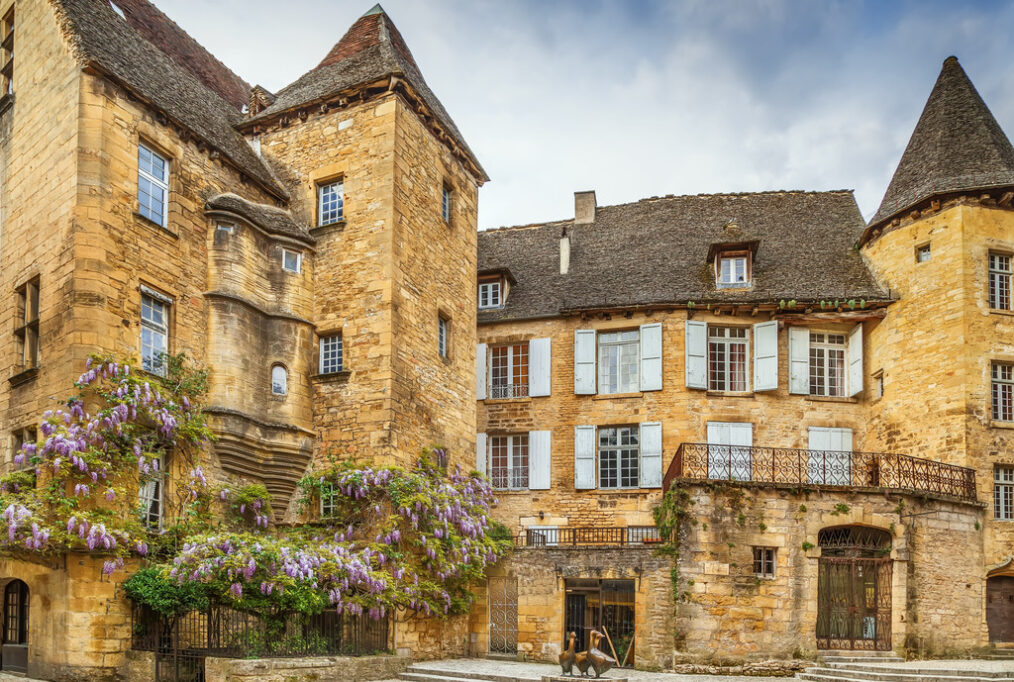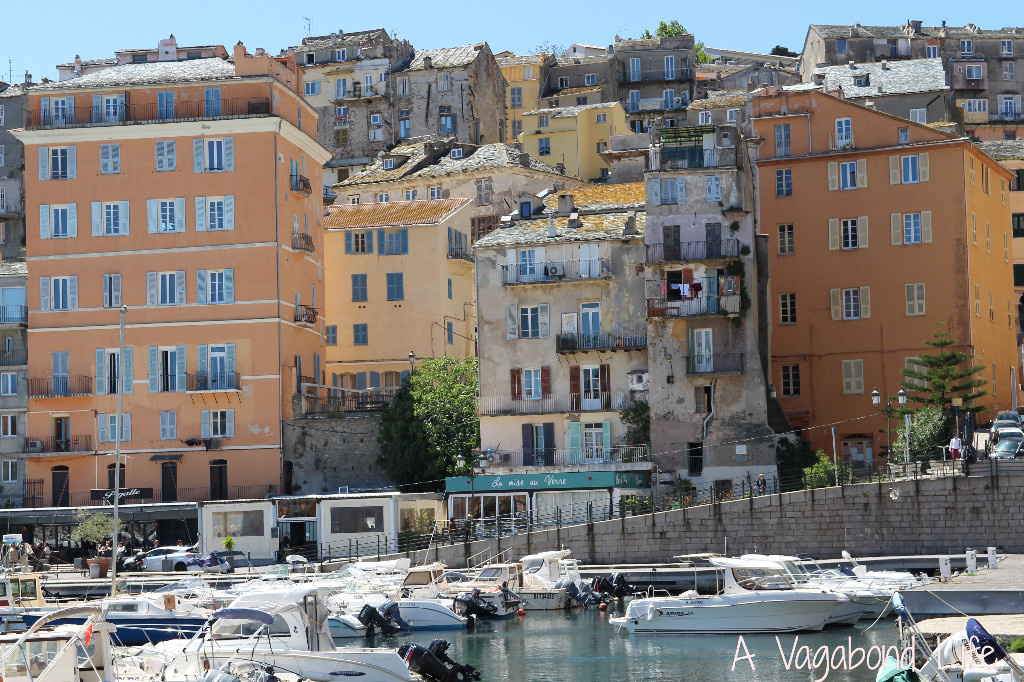Grand Est France Travel Guide - A Vagabond Life
Welcome to the Grand Est region of France, a captivating area where history, culture, and natural beauty converge in a delightful tapestry. Located in the northeastern corner of France, the Grand Est region encompasses the departments of Ardennes, Aube, Haute-Marne, Meurthe-et-Moselle, Meuse, Moselle, Bas-Rhin, and Haut-Rhin, each offering its own unique charm and attractions.
From the rolling vineyards of Champagne in the Aube to the picturesque half-timbered houses of Alsace in Bas-Rhin and Haut-Rhin, the Grand Est is a landscape of diverse beauty. The Vosges Mountains in the Haute-Marne and Meuse provide dramatic scenery and outdoor adventures. Historical cities like Strasbourg in Bas-Rhin and Metz in Moselle showcase stunning architecture and rich heritage, reflecting the region’s storied past.
Cultural vibrancy thrives throughout the Grand Est, with lively festivals, traditional markets, and a blend of French and German influences. Culinary delights abound, from the world-renowned Champagne to hearty Alsace specialties such as choucroute garnie and quiche Lorraine. Whether you’re exploring historic landmarks, enjoying scenic vistas, or indulging in local cuisine, the Grand Est promises an enriching and memorable experience. This travel guide will help you navigate the highlights of this remarkable region, ensuring a captivating journey through the Grand Est.
Grand Est France France Map
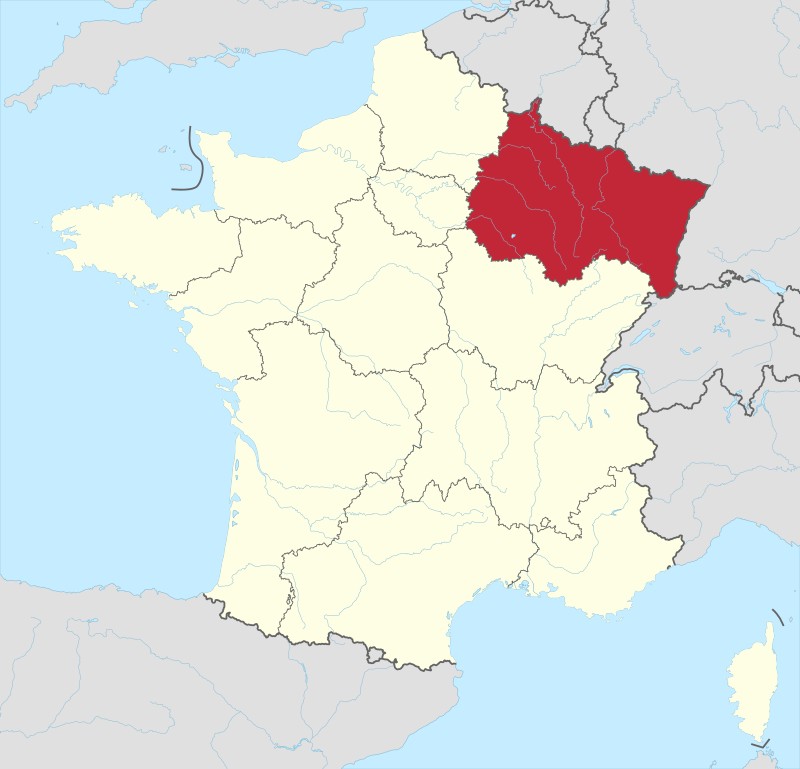
Top 5 Things To See & Do In Grand Est France France
La Route des Vins
Kayserberg
EPERNAY
STRASBOURG
VERDUN
Grand Est France France Snapshot
The Grande Est region of France, situated in the northeastern part of the country, is a diverse and captivating area that seamlessly blends natural beauty, historical depth, cultural richness, and culinary delights.
Geography and Beauty
The Grande Est region, encompassing the former regions of Alsace, Champagne-Ardenne, and Lorraine, boasts a varied and picturesque landscape. To the west, the rolling vineyards of Champagne stretch across the region, renowned for producing the world’s most celebrated sparkling wine. To the east, the Vosges Mountains offer rugged beauty with lush forests and serene lakes. The Alsace region is characterized by its charming half-timbered houses and scenic wine routes, while the Lorraine area is home to the dramatic natural landscapes of the Lorraine Regional Nature Park. The region’s geography is a tapestry of rolling hills, dense forests, and picturesque rivers, each contributing to its enchanting allure.
History
The Grande Est region is steeped in history, having witnessed significant events and transformations over the centuries. It has been a crossroads of European history, influenced by Roman, Germanic, and French cultures. The city of Metz, with its impressive Gothic cathedral and medieval architecture, and Strasbourg, known for its stunning medieval cityscape and European Parliament, both reflect the region’s historical significance. The area has seen battles and sieges, particularly during the World Wars, which have left a profound impact on its historical landscape.
Cultural Heritage
Culturally, Grande Est is a melting pot of traditions and influences. The region is known for its rich folklore, including the famous Alsace Christmas markets and the vibrant festivals of Lorraine. Strasbourg, a UNESCO World Heritage site, is a symbol of this cultural blend, featuring a mix of French and German influences in its architecture and traditions.
Cuisine
The culinary scene in Grande Est is equally diverse and delightful. The region is famed for its robust and hearty dishes. In Alsace, you can savor specialties such as choucroute garnie, a savory sauerkraut dish served with assorted meats, and tarte flambée, a thin-crust pizza-like dish topped with crème fraîche, onions, and bacon. Champagne, as a global icon of luxury, is paired with local cheeses and charcuterie. Lorraine is known for its quiche Lorraine, a savory pie filled with eggs, cream, and bacon, and the region’s delectable pastries and cakes.
In sum, the Grande Est region of France is a tapestry of stunning landscapes, rich history, vibrant cultural heritage, and mouth-watering cuisine, making it a fascinating destination for travelers seeking both charm and depth.
Things To See & Do In Grand Est France
Grand Est Travel Guide France
The Route des Vins d’Alsace (Alsace Wine Route)
The Route des Vins d’Alsace is a 170 km journey through some of France’s most picturesque landscapes, weaving through verdant vineyards and charming villages. Along the route, travelers can stop at numerous caves (wine cellars) to savor local wines and discover the rich cultural heritage of the Alsace region. This scenic drive also offers breathtaking views of rolling hills and centuries-old architecture. Highlights include Obernai, with its historic market square, and Riquewihr, a medieval town with labyrinthine alleyways. The route encapsulates the essence of Alsace’s winemaking tradition and picturesque beauty.
.Highlight Towns on the Wine Trail.
- Oberni: A walled town that is centred around place de Marche the ancient market square.
- Selestat: is most famous for its Biliotheque Humatiste (Humanist Library).
- Bergheim: A delightful walled town with half timbered houses bursting with geraniums and flower beds.
- Ribeauville: attracts many tourists and is perhaps one of the most visited towns on the wine route.
- Hunawihr: A tiny hamlet surround by 14th century walls with a fortified church standing just outside the walls.
- Riquewhir: Medieval Requewhir has 13th to 16th century ramparts and a labyrinth of alley ways to discover.
Strasbourg
Strasbourg, the capital of the Grand Est region, is steeped in history and culture. Its historic center, the Grand Île, is a UNESCO World Heritage site, home to the magnificent Cathédrale Notre-Dame. This Gothic masterpiece, built between the 12th and 14th centuries, houses the famous Astronomical Clock, an engineering marvel. Strasbourg is also known for the Baroque Opera House, the 15th-century Maison Kammerzell, and the grand Palais des Rohan. The city’s blend of French and German influences is evident in its architecture, cuisine, and vibrant cultural scene, making it a must-visit destination in the region.
Haut-Koenigsbourg Castle
The Château du Haut-Koenigsbourg, located in the Vosges mountains near Sélestat, is a stunning example of medieval architecture. Originally built in the 12th century, the castle served as a strategic stronghold for various rulers throughout the Middle Ages. Overlooking the Alsace plain, its imposing towers and fortified walls offer a glimpse into the region’s tumultuous history. The castle has been meticulously restored and now stands as a symbol of Alsace’s medieval heritage. Visitors can explore its grand halls, intricate woodwork, and panoramic views, making it one of the most visited sites in the region.
Kaysersberg
Kaysersberg, often hailed as one of France’s most beautiful villages, enchants visitors with its half-timbered houses, cobbled streets, and historic charm. Nestled in the heart of Alsace’s wine country, the town is famous for its Renaissance Hôtel de Ville and the red sandstone Église Ste-Croix. Just outside the town, the Château de Kaysersberg offers breathtaking views of the surrounding vineyards. Voted France’s favorite village in 2017, Kaysersberg is a perfect blend of medieval architecture and natural beauty, offering a serene escape for those seeking to explore the Alsace region’s cultural and historical richness.
Colmar
Colmar is a picturesque town in the Alsace region, renowned for its well-preserved medieval architecture and charming canals. The town’s historic center is a maze of narrow streets lined with half-timbered houses, vibrant with flowers in the warmer months. Key sites include the 12th-century Église des Dominicains, which houses Martin Schongauer’s La Vierge au Buisson de Roses, and the Maison des Têtes, an ornate Renaissance building. Colmar’s unique blend of German and French architectural styles, along with its vibrant cultural scene, makes it a must-visit destination for those exploring the Grand Est region.
Mulhouse
Mulhouse, located in the southern part of Alsace, is a city known for its industrial heritage and world-class museums. The Cité de l’Automobile, the largest car museum in the world, showcases a stunning collection of vintage and luxury cars. Similarly, the Musée Français du Chemin de Fer offers an extensive display of locomotives, making it the largest railway museum in France. Beyond its museums, Mulhouse serves as a gateway to the Vosges Mountains, providing opportunities for hiking and outdoor activities. The city’s rich history and cultural offerings make it a unique stop on any Grand Est itinerary.
Epernay
Épernay, in the heart of Champagne country, is a town synonymous with luxury and fine wine. Known as the “Capital of Champagne,” Épernay is home to some of the world’s most famous champagne houses, including Moët & Chandon and Perrier-Jouët. Beneath its streets lie over 110 kilometers of wine cellars, storing millions of bottles of champagne. The Avenue de Champagne, lined with grand mansions and cellars, is a testament to the town’s opulent history. Visitors can tour these historic cellars, taste exquisite champagnes, and learn about the region’s centuries-old winemaking traditions.
Langres
Langres, perched on a hilltop, is a fortified town with a history dating back to Roman times. Often called the “Carcassonne of the North,” Langres boasts 3.6 kilometers of ramparts, offering panoramic views of the surrounding countryside. The town is rich in historical architecture, with its most notable building being the Saint-Mammès Cathedral, a stunning example of Romanesque and Gothic styles. Visitors can explore the narrow, winding streets, dotted with Renaissance houses, and discover Langres’ deep historical roots. The town’s strategic location and well-preserved fortifications make it a fascinating destination for history enthusiasts.
Reims
Reims, known as the “City of Coronations,” is steeped in history and grandeur. The Cathédrale Notre-Dame de Reims, a UNESCO World Heritage site, was the traditional site for the coronation of French kings. This Gothic masterpiece, with its towering spires and intricate stained glass windows, is a must-see. Other notable landmarks include the Basilique St. Rémi, dating from the 11th century, and the Porte de Mars, a Roman triumphal arch. The city’s rich history, combined with its vibrant cultural scene and proximity to Champagne vineyards, makes Reims a key destination in the Grand Est region.
Lac du Der
Lac du Der, Europe’s largest artificial lake, spans 48 square kilometers and is a haven for nature lovers and outdoor enthusiasts. Located in the heart of the Champagne region, the lake is an important stopover for thousands of migratory birds, particularly cranes, making it a popular destination for birdwatchers. The lake’s expansive waters also attract those interested in water sports, including sailing, windsurfing, and fishing. Surrounding the lake are picturesque villages, offering a glimpse into rural French life. Whether for birdwatching, boating, or simply enjoying the serene landscapes, Lac du Der is a natural gem in the Grand Est.
Château de Sedan
The Château de Sedan, located in the town of Sedan, is the largest medieval fortress in Europe. Spanning over 35,000 square meters, this imposing castle was originally built in the 15th century and has been expanded over the centuries. Its thick walls and numerous towers reflect its strategic importance throughout history. Visitors can explore the castle’s vast interiors, including the grand halls and dungeons, and learn about its storied past through exhibitions and guided tours. The Château de Sedan is not just a historic site but a testament to medieval military architecture, offering a fascinating glimpse into the past.
Troyes
Troyes, nestled along the Seine River, is a town rich in history and charm. Its medieval old town is famous for its half-timbered houses, many dating back to the 16th century, which line the narrow, winding streets. The town is home to several remarkable churches, including the Saint-Pierre-et-Saint-Paul Cathedral, a masterpiece of Gothic architecture with stunning stained glass windows. Visitors can also explore the Maison de l’Outil et de la Pensée Ouvrière, a unique museum dedicated to tools and craftsmanship. With its well-preserved historical center, Troyes offers a captivating journey back in time.
Chaumont
Chaumont is a historic town perched on a steep spur overlooking the Suize and Marne valleys. Founded in the 10th century around a chateau, Chaumont has long held a strategic position in the region. Visitors can explore the 16th-century church and the Chaumont Basilica, which houses a superb 15th-century tomb. Another highlight is the Chaumont Viaduct, an impressive 19th-century structure offering stunning views of the surrounding landscape. The town’s rich history and scenic location make it an ideal destination for those seeking to explore the cultural heritage of the Grand Est region.
Nancy
Nancy, a city with a storied past, was once the capital of the Duchy of Lorraine. After being burned to the ground in 1218, Nancy rose from its ashes to become a center of art and culture. The city is renowned for Place Stanislas, an elegant square built in 1737, which is considered one of the finest town squares in Europe and is a UNESCO World Heritage site. Nancy’s old town is filled with stunning examples of Baroque and Art Nouveau architecture. The city’s rich history and artistic heritage make it a cultural jewel in the Grand Est region.
Meuse-Argonne American Cemetery
The Meuse-Argonne American Cemetery is the largest American military cemetery in Europe, with over 14,000 graves of soldiers who died in World War I. Located near the site of the 1918 Meuse-Argonne Offensive, this cemetery is a poignant reminder of the sacrifices made during the war. The meticulously maintained grounds, with rows of white crosses, provide a solemn and peaceful environment for reflection. The cemetery also features a memorial chapel and a visitors’ center with exhibits detailing the history of the offensive. It is a place of deep historical significance and a tribute to those who served.
Verdun
Verdun, a town with a history dating back to the Gauls, is best known as the site of one of World War I’s most devastating battles. The Battle of Verdun, which lasted nearly a year in 1916, resulted in immense loss of life and destruction. Today, Verdun is a center for remembrance, with several memorials and museums dedicated to the battle. The Ossuary of Douaumont, a somber monument containing the remains of 130,000 unknown soldiers, and the Verdun Memorial Museum, which offers detailed exhibits on the battle, serve as powerful reminders of the town’s tragic past.
Grand Ballon
The Grand Ballon, standing at 1,424 meters, is the highest peak in the Vosges Mountains and offers breathtaking views of the surrounding landscape. On a clear day, visitors can see the Alps to the south and the Black Forest to the east. The area is popular for hiking, with numerous trails leading through alpine meadows and dense forests. In the winter, it becomes a haven for skiers and snowshoers. The peak is also home to the Ballon d’Alsace, a memorial to World War I soldiers. Grand Ballon is a year-round destination for nature lovers and outdoor enthusiasts.
The Champagne Trail
The Champagne Trail, or Route Touristique du Champagne, offers travelers an immersive experience in the heart of France’s most famous wine region. Winding through rolling vineyards and picturesque villages, the trail covers several appellations, including Montagne de Reims, Vallée de la Marne, and Côte des Blancs. Visitors can tour world-renowned champagne houses, such as Veuve Clicquot and Dom Pérignon, and learn about the intricate process of champagne production. Along the way, charming towns like Épernay and Reims offer historical landmarks, gourmet dining, and boutique shops. The Champagne Trail is a journey through the elegance and heritage of France’s bubbly treasure.
Lorraine American Cemetery
The Lorraine American Cemetery, located in Saint-Avold, is the largest American World War II cemetery in Europe, with 10,489 graves of soldiers who gave their lives in the fight for freedom. The site, set on 113 acres of gently rolling land, is a place of solemn remembrance and reflection. The graves, marked by rows of white crosses and Stars of David, are meticulously maintained, providing a serene and poignant tribute to those who served. A chapel and a memorial with the names of 444 missing soldiers further honor the fallen. The cemetery stands as a symbol of the enduring legacy of sacrifice and valor.
France Travel Guides
Regions Of France Travel Guides
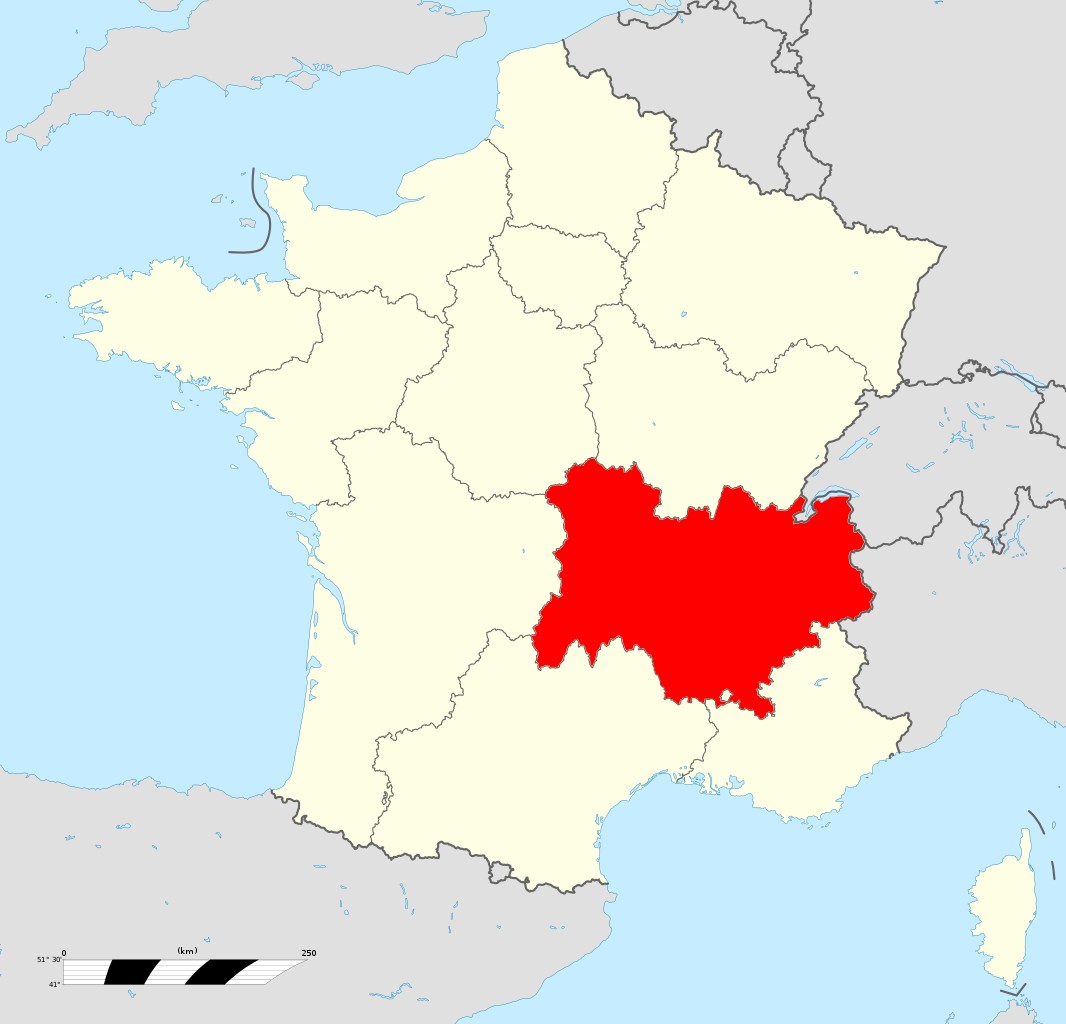
Auvergne-Rhone-Alps
Auvergne-Rhone-Alps Travel Guide.
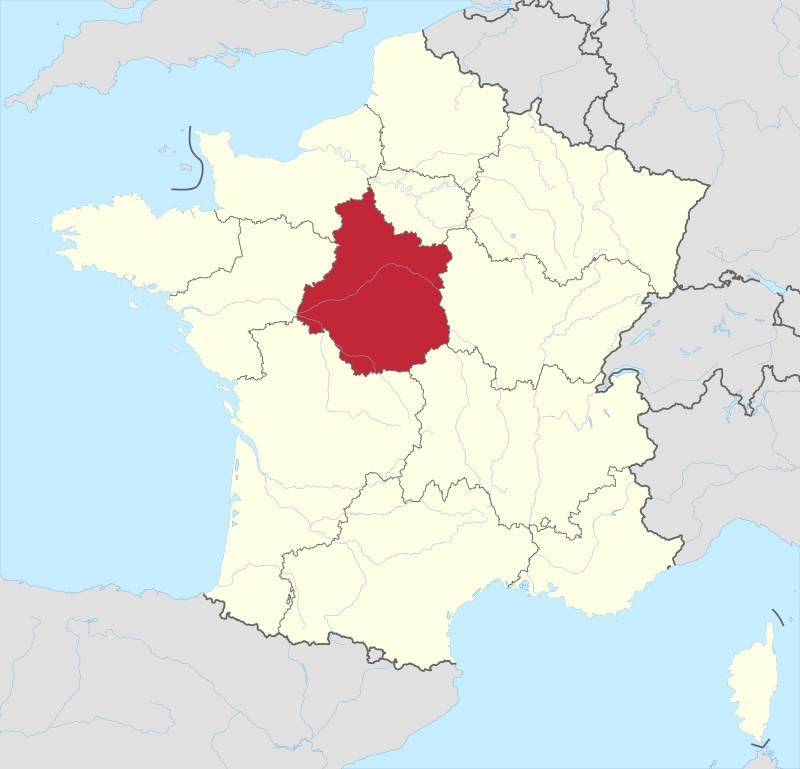
Centre Val De Loire
Centre-Val-de-Loire Travel Guide.
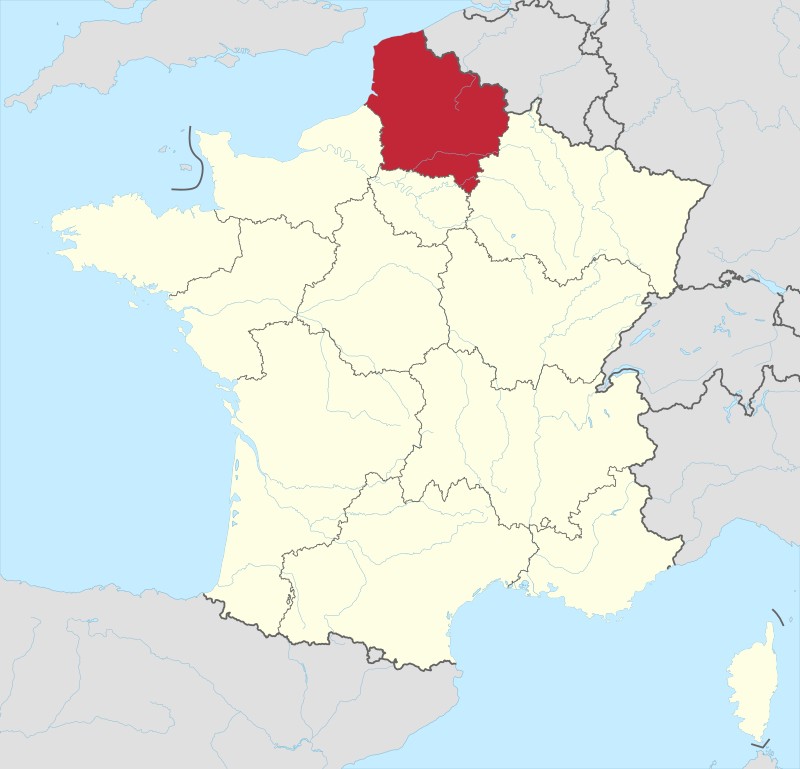
Haute – de – France
Haute-de-France Travel Guide.
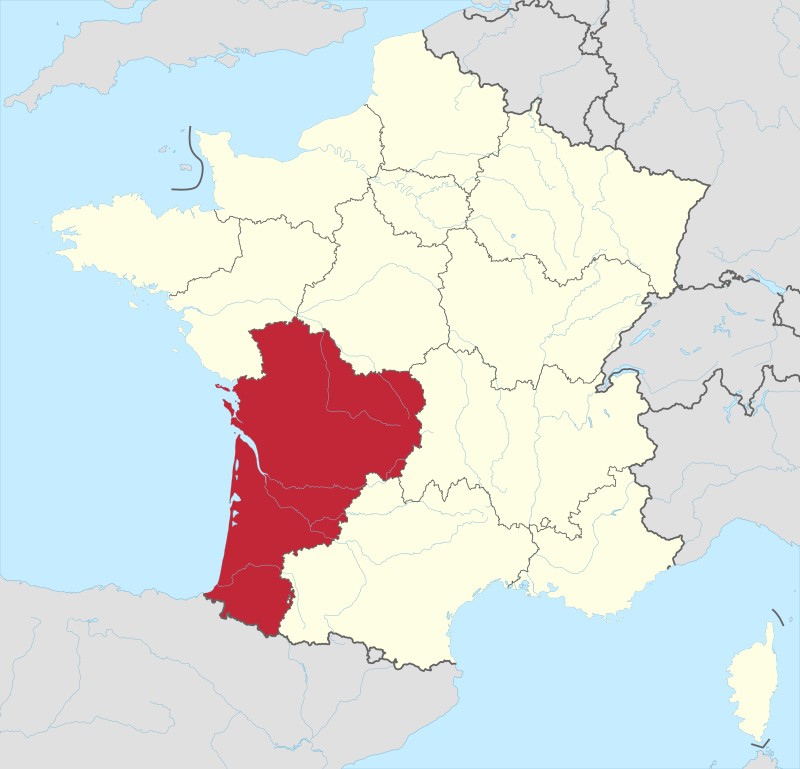
Nouvelle – Aquitaine
Nouvelle – Aquitaine Travel Guide.

Provence-Alps_Cote D'Azur
Provence Travel Guide.
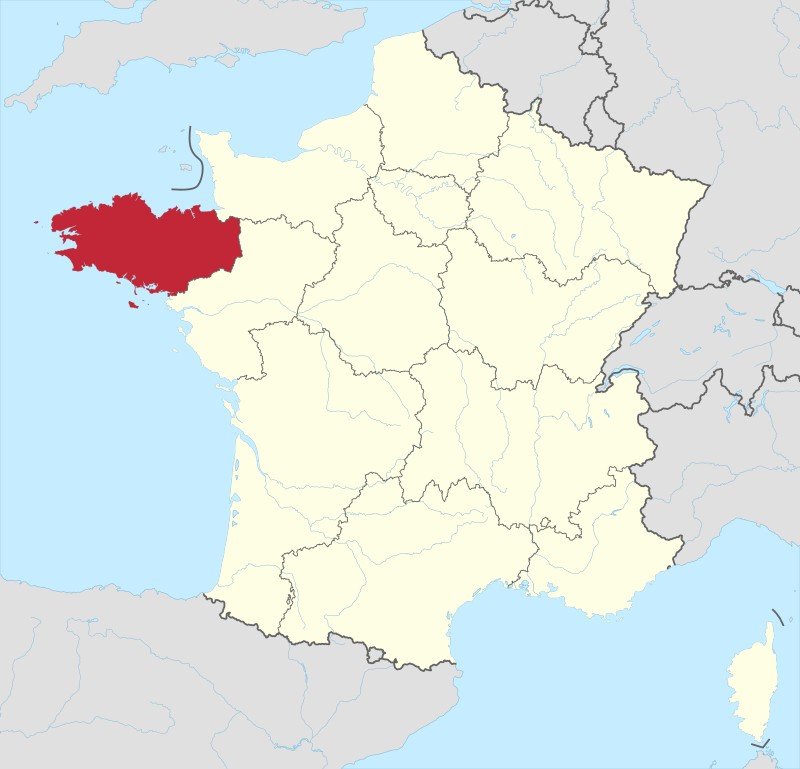
Brittany
Brittany (Bretagne) Travel Guide.
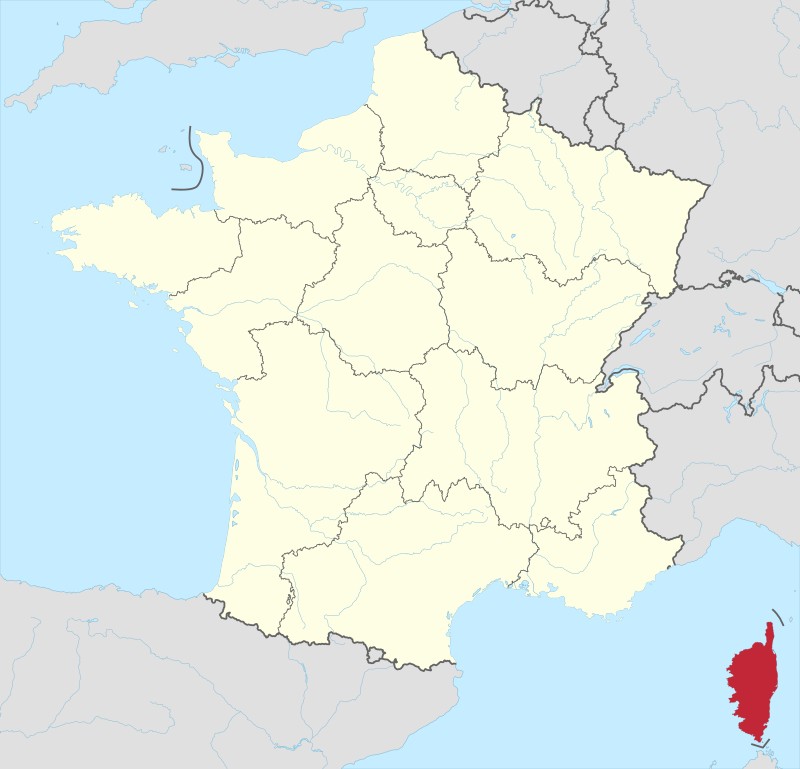
Corsica
Corsica Travel Guide.
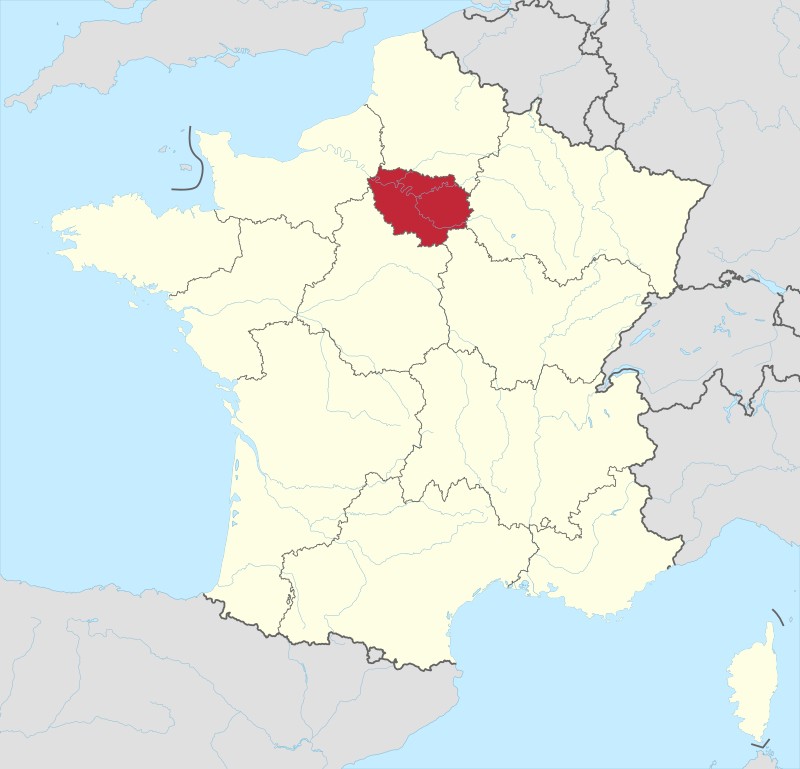
Ile – de – France
Ile – de – France Travel Guide.

Occitane
Occitane Travel Guide.

Bourgogne-Franche-Comté
Bourgogne-Franche-Comté Travel Guide.

Grand Est
Grand-Est Travel Guide.
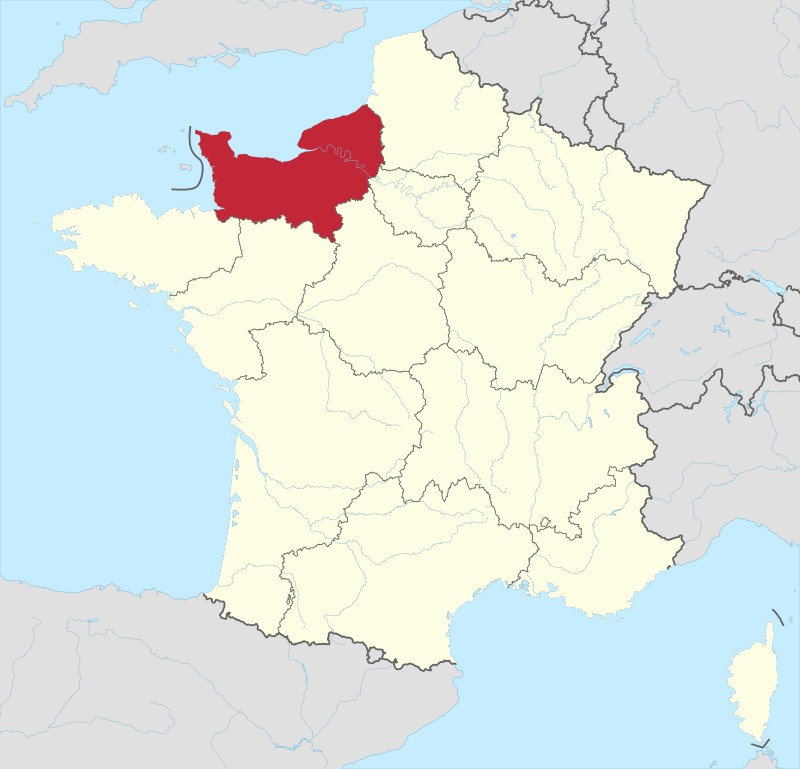
Normandy
Normandy Travel Guide.

Pays-de-la-Loire
Pays-de-la-Loire Travel Guide.

